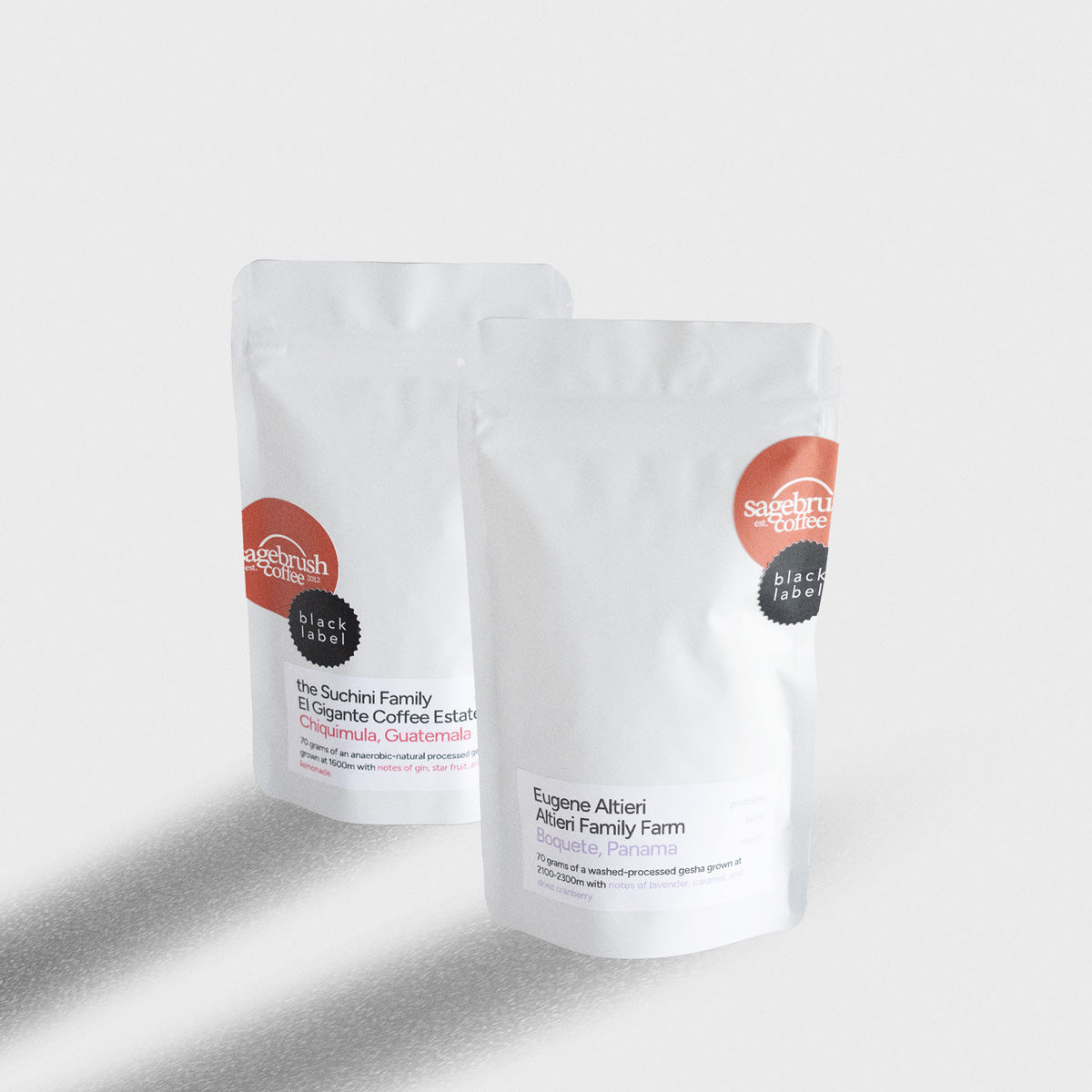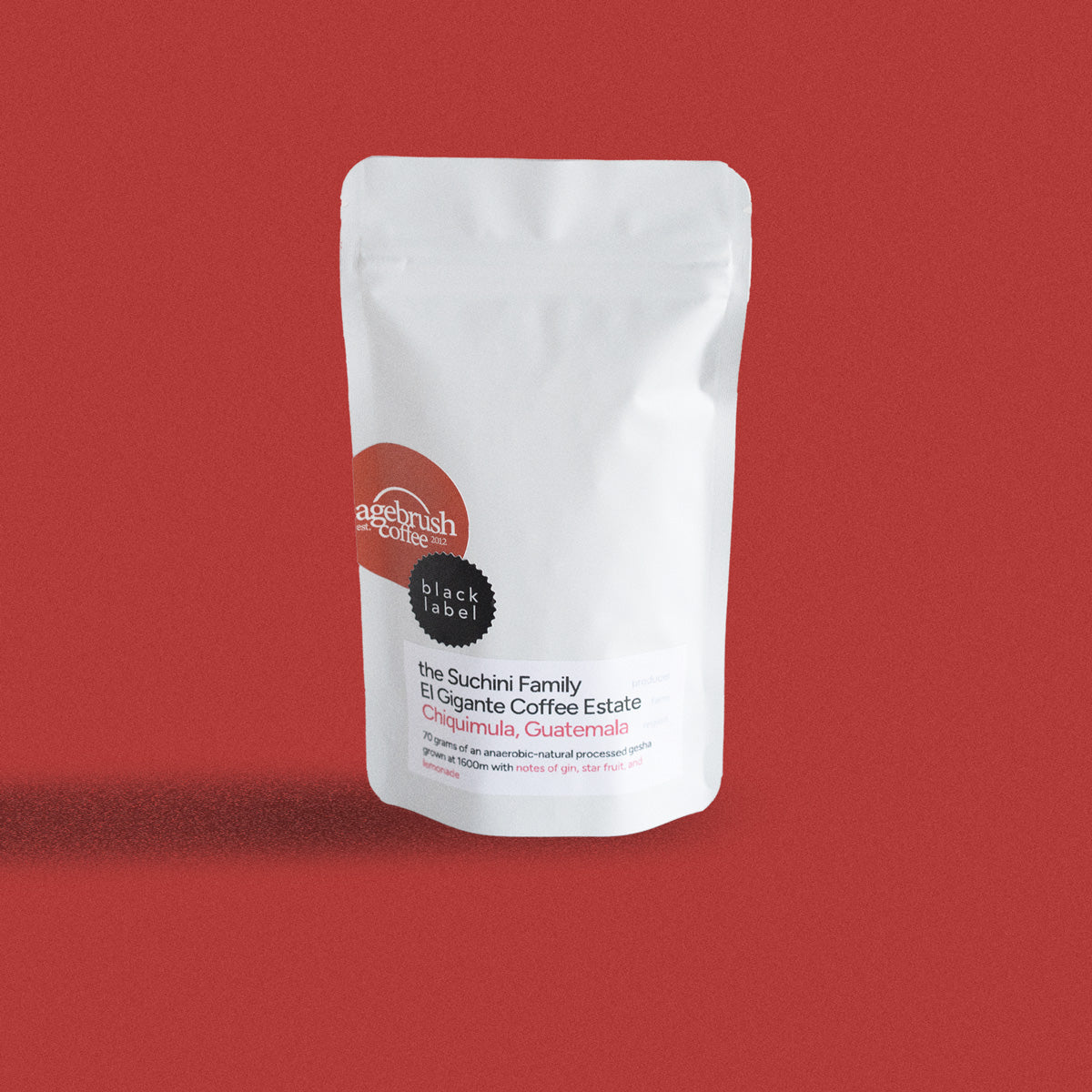History
Cold brew is a unique brewing method that produces smooth, bold, and delicious iced coffee - perfect for those hot Arizona summers! Although cold brew has gained popularity relatively recently in the United States, its history dates back to the early 1600s in Japan.
The original Japanese cold brew method was actually used for tea rather than coffee. The Japanese would use cold river water to steep tea for an extended period of time, allowing the drink to be brewed without hot water. In the mid-1600s, when Japan was under the rule of the Netherlands, the Dutch adapted this method and used it for coffee. They made a cold brew coffee concentrate that not only removed the necessity of hot water, and therefore open flame on their ships, but was also easier to store during maritime transportation. The Dutch shared their love for this early version of cold brew by bottling and selling it in port cities and bringing it back to Japan. Further development on cold brew methods and systems have been developed in Kyoto since cold brew’s early creation. When you hear of Kyoto-style cold brew today, it is usually in reference to cold brew coffee made with a siphon system one drop of water at a time.
Over the next few hundred years, cold brew continued to gain popularity around the world. People loved how easy it was to brew, store, and transport - which made it especially popular for military troops. In the 1800s, France began to cut coffee grounds with chicory root in an effort to make cold brew more cost-effective. Many coffee drinkers found that this added ingredient actually added a pleasant flavor, despite it initially being an economic tactic. The chicory root cold brew made its way over to New Orleans in the United States and is still enjoyed today.
Fast forwarding to the 1960s, an American chemical engineer named Todd Simpson made a discovery that revolutionized the way cold brew coffee was made and officially made it one of the most popular coffee beverages in the U.S. Simpson traveled to Peru on a botanical expedition and used cold brew concentrate to fuel his research during his time abroad. He found that cold brew concentrate is not only good when mixed with cold water and ice, but also when mixed with hot water. This inspired Simpson to make a cold brew system called the Toddy, which happens to be one of our favorite coffee makers for both household and commercial use.
After Simpson helped cold brew coffee get its final push of popularity, the drink became a nationwide favorite as we entered the 21st century. Now, you can find cold brew at just about any coffee shop, bottled or canned at the grocery store or gas station, or you can make it at home.
Cold Brew vs. Iced Coffee
The main difference between cold brew and regular iced coffee is that cold brew is never exposed to heat, while iced coffee is brewed hot and then poured over ice. In addition to being one of the easiest ways to make an iced coffee drink, cold brew has also been found to create coffee that tastes less bitter and acidic. This not only creates a decadent and smooth cup of coffee, but it can also be gentler on sensitive stomachs. Because of the rich flavor that cold brew creates, we at Sagebrush tend to use coffees with creamy or chocolatey flavor notes, rather than fruity or floral ones.
Another noteworthy distinction between cold brew coffee and regular iced coffee is that cold brew tends to have higher caffeine content. According to studies published by Healthline, a 16 oz cold brew coffee usually contains over 200 mg of caffeine. In comparison, a 16 oz regular iced coffee tends to have an average of 165 mg and a shot of espresso has an average of 150 mg. That being said, cold brew can supply you with the caffeine boost you need for a busy summer, but you should be mindful of the increased levels if you are trying to cut back on caffeine.
Recipe
While there are a handful of cold brew recipes and ratios out there, and you may want to experiment to see what fits your personal preferences, here is the recipe we use here at Sagebrush.
Ratio: 1 cup ground coffee to 4 cups cold water
- Grind your coffee beans coarsely.
- Pour cold water into a large pitcher or container. We recommend the one included in the Toddy system.
- Gradually add the coffee grounds to the water and stir gently. Make sure all of the grounds are completely submerged.
- Cover the container and let sit in the fridge for at least 12 hours, preferably overnight.
- Strain coffee grounds using a fine-mesh strainer or the Toddy cold brew filters. If you do not have either of these tools, you can also use a cheesecloth.
- Store your cold brew coffee in the refrigerator and enjoy!

















